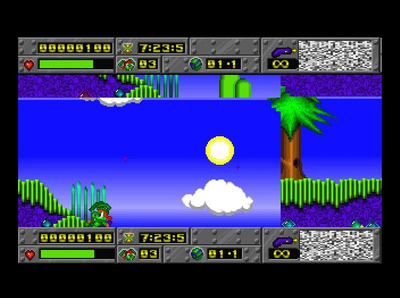First post, by superfury
I still seem to see that Jazz Jackrabbit gets an extreme slowdown when running selecting the Sound Blaster sound card while a SB 2.0 is emulated. This mainly seems to be because the DMA transfer is incorrect setup for said card? It's rendering 1 sample each time, then issuing an interrupt because the DMA size setting is set to 0(1 sample before each interrupt, instead of the higher setting that's set in the DMA controller).
Jazz Jackrabbit doesn't seem to like that issue, causing it to become extremely slow when selecting Sound Blaster as it's sound card(in it's setup.exe settings) while using the SB 2.0 instead of the SB 1.x.
Selecting the Sound Claster Compatible clone setting in the setup.exe seems to make it run at normal speed(which has no issue with the SB 2.0 card)? So it's an issue with the DMA being incorrectly(bugged) setup for rendering samples?
Author of the UniPCemu emulator.
UniPCemu Git repository
UniPCemu for Android, Windows, PSP, Vita and Switch on itch.io
